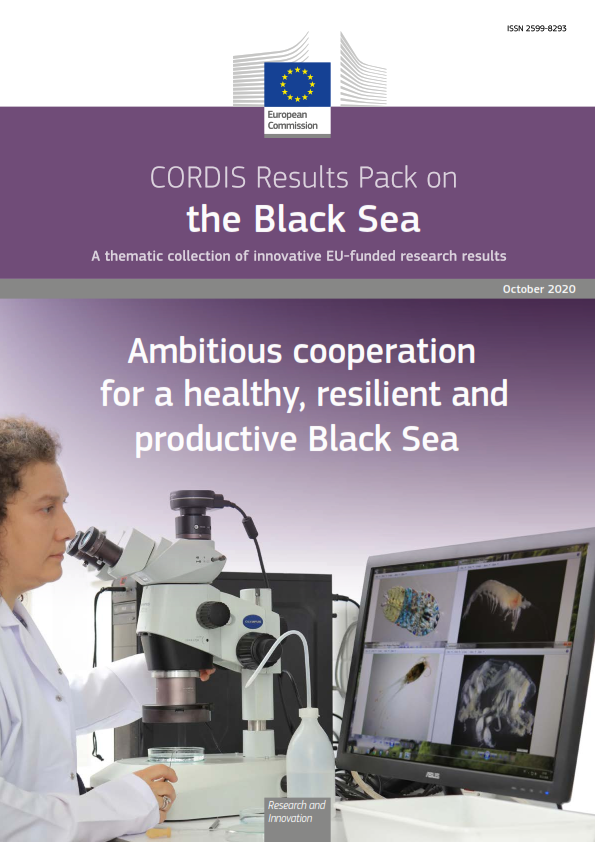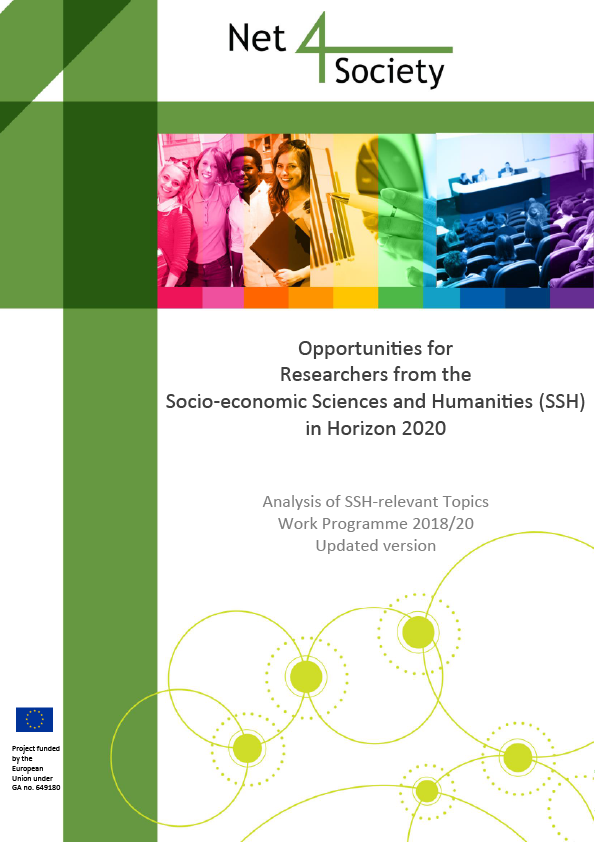Rice University will send an entry to the first international NanoCar Race, which will be held next October at Pico-Lab CEMES-CNRS in Toulouse, France. No one will see this miniature grand prix, at least not directly. But cars from five teams, including a collaborative effort by the Rice lab of chemist James Tour and scientists at the University of Graz, Austria, will be viewable through sophisticated microscopes developed for the event. Time trials will determine which nanocar is the fastest, though there may be head-to-head races with up to four cars on the track at once, according to organizers. A nanocar is a single-molecule vehicle of 100 or so atoms that incorporates a chassis, axles and freely rotating wheels. Each of the entries will be propelled across a custom-built gold surface by an electric current supplied by the tip of a scanning electron microscope. The track will be cold at 5 kelvins (minus 450 degrees Fahrenheit) and in a vacuum. Rice’s entry will be a new model and the latest in a line that began when Tour and his team built the world’s first nanocar more than 10 years ago. The race was first proposed in a 2013 ACS Nano paper by Christian Joachim, a senior researcher at CNRS, and Gwénaël Rapenne, a professor at Paul Sabatier University. Joining Rice are teams from Ohio University; Dresden University of Technology; the National Institute for Materials Science, Tsukuba, Japan; and Paul Sabatier.
horizon 2020
The EU Framework Programme for Research and Innovation in the Republic of Moldova

Pillar
Events
| M | T | W | T | F | S | S |
|---|---|---|---|---|---|---|
|
|
|
|
1 |
2 |
3 |
4 |
|
5 |
6 |
7 |
8 |
9 |
10 |
11 |
|
12 |
13 |
14 |
15 |
16 |
17 |
18 |
|
19 |
20 |
21 |
22 |
23 |
24 |
25 |
|
26 |
27 |
28 |
29 |
30 |
31 |
|
Info day
Conference
Consultation day
Brokerage event
News
09/13/2022 - 08:53
This is an UNOFFICIAL document prepared by MSCA-NET, the EU-funded project of National Contact Points (NCP) for the Marie Skłodo
05/31/2022 - 17:20
A number of the restrictive measures adopted by the EU against Russia have direct implications on the Horizon 2020 (H2020) and Horizon Europe (HE) Programmes.
05/31/2022 - 17:15
The European Commission has announced the launch of the MSCA4Ukraine scheme, part of the Marie Skłodowska-Curie Actions. The MSCA4Ukraine scheme is part of the EU’s response to the Russia’s invasio
12/16/2021 - 17:33
A competitive COFUND call offering opportunities for postdoctoral fellowships in research at the intersection of data science and neurology at an Irish university.









